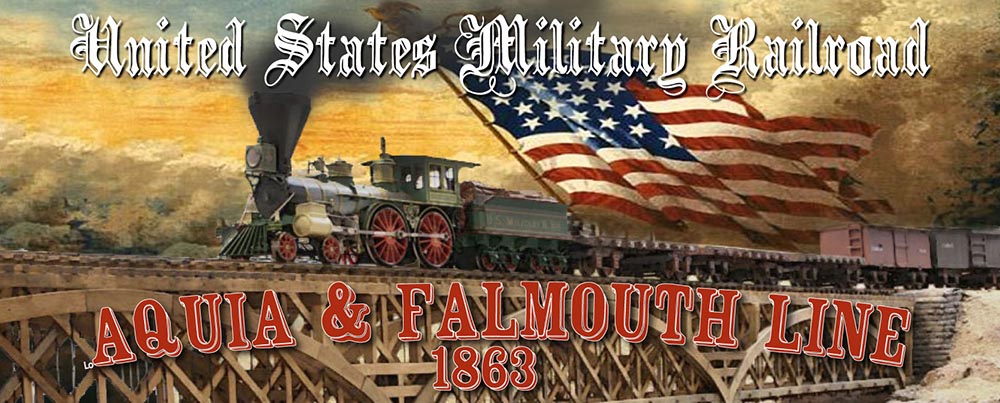The terrain forms at Potomac Creek are roughed in. I used a combination of pink foam, pre-cast urethane castings and heavy flooring paper on cardboard strips to build up the gorge. The brown rock casting is a urethane rock that I got from Scenic Express originally intending to use in an N Scale Rocky Mountain scene. I never used it because I thought the texture of the rock was too big for N Scale, but it works well here as the rock out cropping under the bridge abutments. I cut the urethane rock into three pieces and fitted them as best I could to the scene.
 I also plan to add a pre-formed rubber rock casting that I purchased several years ago and never used. This will allow me to avoid having to carve rocks in the deep part of the gorge that is hard to reach. I don't want this to resemble a deep mountain canyon, but due to selective compression, the river crossing is starting to look like a canyon. While not entirely accurate, it should be a neat scene.
I also plan to add a pre-formed rubber rock casting that I purchased several years ago and never used. This will allow me to avoid having to carve rocks in the deep part of the gorge that is hard to reach. I don't want this to resemble a deep mountain canyon, but due to selective compression, the river crossing is starting to look like a canyon. While not entirely accurate, it should be a neat scene.

I first saw heavy flooring paper used for scenery at Howard Zane's layout. He crumples up the paper and then paints white glue on it to create his hills. I used a web of cardboard strips to support strips of paper. I dipped the paper in a solution of white glue and water (50-50) and then laid them on the strips to form the hill. I applied about 3 layers. It took 24 hours to dry, but the end result is strong and light.
While the paper strips were drying, I continued to lay track. I reached the north end of Stonemans Station, though ties are in all the way to Potomac Creek. The shot shows the points with a new technique for making bridles. These were homemade with a piece of N Scale PC tie and slivers of rail joiners. However, I am expecting a new set of etched bridles to arrive soon. Both of these methods result in turnouts that look much closer to prototype than my earlier attempts.
The frog only has two pieces of filed rail. The stub ends don't require filing, a major simplification compared to the precise cutting and filing required for a bladed turnout.
Here is the finished turnout just waiting for the switch
 stands to arrive. This turnout was working so well that it didn't need guard rails, but I added them anyway.
stands to arrive. This turnout was working so well that it didn't need guard rails, but I added them anyway.Here is a view of the General pulling a work train past the under-construction scene at Stoneman's Station.

Wow! Nice "clinic" on making your cliffs for the gorge...
ReplyDelete